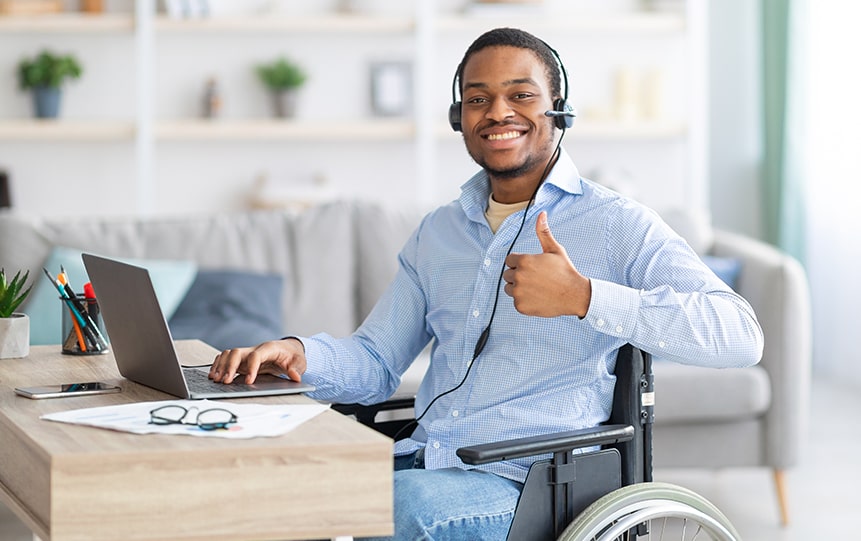May 15 2024
What Does It Mean to Make Your Educational Content Accessible

Quality Assurance Team Lead

May 15 2024

Quality Assurance Team Lead

Although you might consider education a universal right, the sad truth is that most people around the world are unable to access educational content due to physical, technological, and linguistic barriers. Yet our increasing global shift to the digital realm is dramatically improving the way we approach content by making it accessible to a wider audience of learners.
In simple terms, accessibility is the catering of services, products, and environments to people with disabilities and/or special needs. Thus, accessibility aims to create an inclusive and equitable ecosystem that enables participation from all sectors of society.
This could mean equipping buildings with ramps and elevators, updating washrooms with features to assist the mobility impaired, ensuring that websites are easy to navigate for the visually challenged, or providing the elderly with larger text-font sizes.
And while huge improvements in access are steadily increasing, vast differences still exist between the types of access available. Since education is essential for the growth of civilization, it’s vital that learning institutions provide ways to include the globally estimated 15% of those disabled.
One example of the global shift to accessibility was 2019’s European Accessibility Act, which requires all EU businesses to implement standardized accessibility features. This law proved a crucial incentive for the European Union to increase participation in the workforce and thus become competitive in the global learning landscape, with academic institutions leading the way.
There are several ways to increase the accessibility of educational content. One approach is to ensure physical and offline accessibility by reducing various barriers inherent to bodily movement. Technology accessibility is the second step, which involves a broader gamut of options, especially when utilizing digital accessibility services.
These learning accessibility solutions include:
Please learn more about Accessibility services here.
Leave A Reply
Your email address will not be published. Required fields are marked *